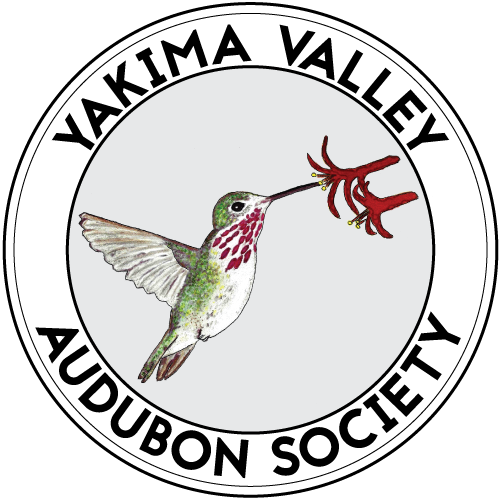Conservation - Invasive Species
General ·I read, in the December 28, 2021 Yakima Herald-Republic newspaper, an article entitled “The Top 10 invaders in Washington: Wild pigs, monster fish, killer flowers and more”, written by Erik Lacitis of the Seattle Times.
The article highlights a somewhat subjective list of the top 10 most impactful non-native invasive species that threaten to cause major damage here in Washington State. The list was compiled by Justin Bush, Executive Coordinator at the Washington Invasive Species Council. The council has compiled a list of 700 invasive species in Washington, identifying 50 “priority species”, and the article highlights the “Top 10” of those invaders. The article is worth a read.
And that “Top 10 invaders” list is: European Green Crab, Northern Pike, Japanese Knotweed, Zebra & Quagga Mussels, Gypsy Moth, African Clawed Frog, Asian Giant Hornet, Flowering Rush, Cordgrass (Spartina), and feral swine.
As we all know, non-native invading species arrive in Washington usually with an assist from us humans, who either intentionally or inadvertently transport the invaders to suitable habitat in this state. Ofttimes these invaders thrive and spread here, where they are not subject to the control provided by natural predators in their native habitats. Once established in Washington, non-native invasive species are difficult and expensive to control.
Non-native invasive species can forever change natural community types in Washington, usually to the detriment of our native species. One pertinent example that comes to my mind is the introduction of Cheat Grass (Bromus tectorum), a winter annual grass native to Eurasia, that made it to Washington State by the 1890’s in contaminated grain and has spread to between 2.25 and 3.0 million acres across Washington (i.e., most of our shrubsteppe country). Cheat Grass matures early, outcompeting native bunchgrasses, sagebrush, and forbs for soil moisture, and then provides fuel for intense wildfires. Cheat Grass has altered the fire cycle in sagebrush steppe habitat, leading to almost total eradication of some native plants in affected areas. Where a normal fire cycle may have been every 60-100 years, scientists are now seeing fire cycles as tight as 3-5 years. The result is that monocultures of Cheat Grass often stand in areas once populated by sagebrush, bunchgrasses, and other native plants. It seems apparent to me that by literally changing the physical structure and species composition of our shrubsteppe habitat, Cheat Grass is contributing to the decline of our shrubsteppe obligate bird species in Washington, such as Sagebrush Sparrow, Greater Sage Grouse, Sage Thrasher, and other species. It may be too late to eradicate Cheat Grass from Washington, but it is important that we find ways to control it and to restore native species to our shrubsteppe.
In Washington State, we’re currently fighting to control and contain hundreds of invasive species. Our problem is already big enough. It’s critical that we do everything we can to prevent new invasive species from getting a foothold in Washington. More information is available from the Washington Invasive Species Council, the Washington Native Plant Society, and the Washington State Noxious Weed Control Board, all of whom have websites you can visit online.
What about Our Cats?
Arguably we could include our domestic cats as a non-native invasive species that threaten the birds that we Auduboners love. Yes, of course, we love our pet cats. I myself had a cat for a decade or so at the start of the new millennium, and probably most of us have shared our homes with a cat or two over the course of our lives. But our house cats have retained their predatory instincts and remain efficient killers of our birds. Our declining populations of birds face many threats as they attempt to survive in this hugely human-modified world: habitat loss, building/window strikes, pesticides, climate change, and predation. So what must we do?
Some Background
According to the American Bird Conservancy (ABC), there are more than 100 million feral and domestic cats in the United States that kill 1 billion or more birds every year (indeed that figure may be as much as 2.4 billion birds killed annually in the U.S). Cat predation is by far the largest source of direct, human-caused mortality to birds. The International Union for Conservation of Nature lists domestic cats as one of the world’s worst non-native invasive species.
Solutions
The American Bird Conservancy tackles this controversial cats and birds issue. See more information at this webpage:
Certainly, a partial solution is this: Let’s keep our cats indoors. Don’t let them roam outdoors, where they will kill birds. And it’s safer for our cats to keep them inside and not expose them to traffic, and to diseases that they can contract outdoors. I like cats, but I like birds more!…
-Stan Isley
